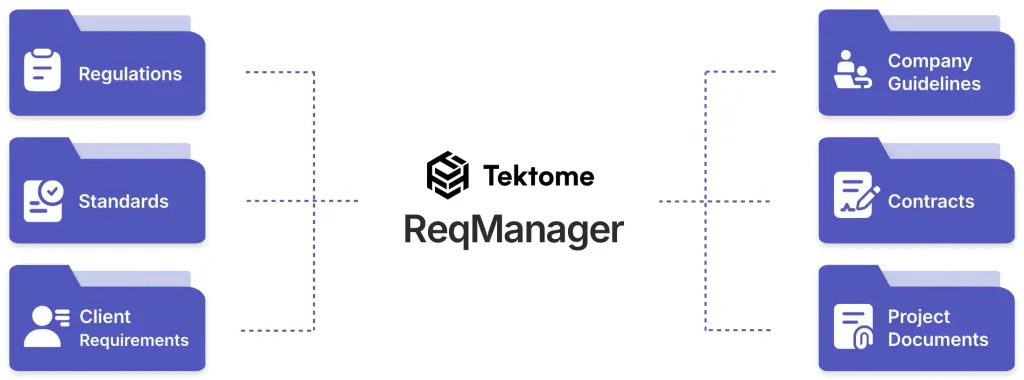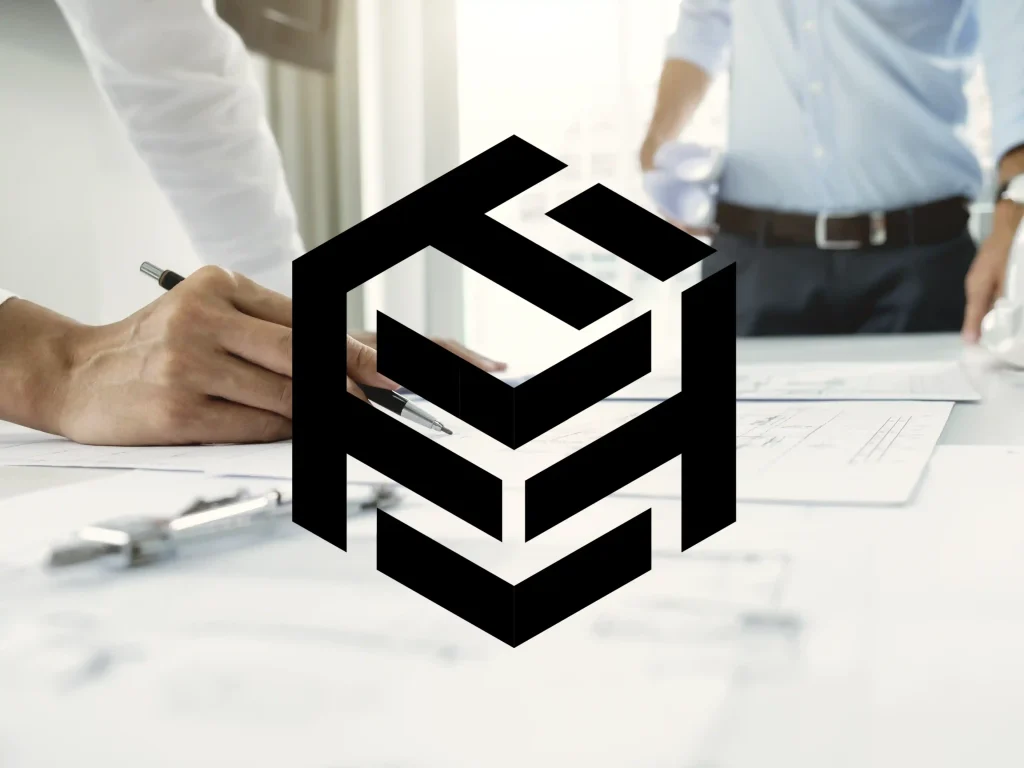Requirements Are Coming from Everywhere
Project requirements come from everywhere, scattered across countless sources. For example, an architect might have to sift through building codes, meeting notes, email threads, company standards, and lessons from past projects to gather all the requirements. When information comes from so many directions (including casual chats and lengthy technical documents), it’s easy to overlook something important.
Document Overload and Outdated Information
Even after gathering all those requirements, you face document overload. It’s not unusual to juggle dozens of PDFs, spreadsheets, and email threads at once. Keeping track of which requirement is where (and which version is current) becomes a job of its own.
If a regulation update comes mid-project or a client tweaks something, will you catch it in time? Teams often rely on manual checks and memory, which isn’t foolproof. As one industry expert noted, key requirement documents can be “happily forgotten or merged into the asset or engineering worlds,” so their importance isn’t communicated to the team. In addition, without one source of truth, it’s nearly impossible to keep everyone updated on changes or to track the history of who decided what so when information is scattered and changing, working with outdated or incomplete requirements is a real risk.
Centralise and Streamline with AI-Powered Requirement Management
The key to solving this is to centralise all your requirements in one place. Tools like Tektome’s ReqManager let you upload every relevant document, from frequently updated meeting notes and client requirements to internal guidelines to uk building regulations.

No more digging through multiple folders or inboxes; you search one place and find exactly what you need.
You can ask a natural language question (like “What is the minimum headroom for stairs?”) and instantly pull up relevant snippets from building regulations, internal guidelines and other documents. This helps ensure you’re not missing any critical details. In the example above, a query about stair headroom retrieves the exact code section (and even a diagram) from the relevant document, which would otherwise require digging through many pages.
An AI-powered system goes beyond keyword search – it understands context and can even summarize information. You can ask a question and get a targeted answer, complete with a reference to the original document for verification.
Crucially, a centralised platform keeps everyone on the team working off the same up-to-date requirements in real time. If a requirement changes or a new standard is added, it becomes visible to all team members immediately, eliminating version confusion. Teams can collaborate directly on the platform by adding notes and logging decisions, creating an automatic memory for the project. Later, if anyone wonders who approved a change and why, they can find the answer in the system. When everyone shares one source of truth for requirements, collaboration is much smoother.
By using a centralised, AI-driven system, UK BIM teams can prevent missed requirements instead of scrambling after something slips. For instance, ReqManager uses AI to unify documents and highlight what matters, helping you track evolving regulations and shifting client expectations with confidence – all without the mental juggling act.
Conclusion
Preventing missed building requirements in the AEC ultimately comes down to visibility and organization. When every requirement is in one place and kept up to date for all to see, the chance of overlooking something drops dramatically.
In practical terms, that means fewer on-site surprises and a smoother path to project completion. By adopting smarter requirement management practices (and the right digital tools), UK BIM teams can focus on designing and building – confident that no requirement, big or small, will be left behind.

